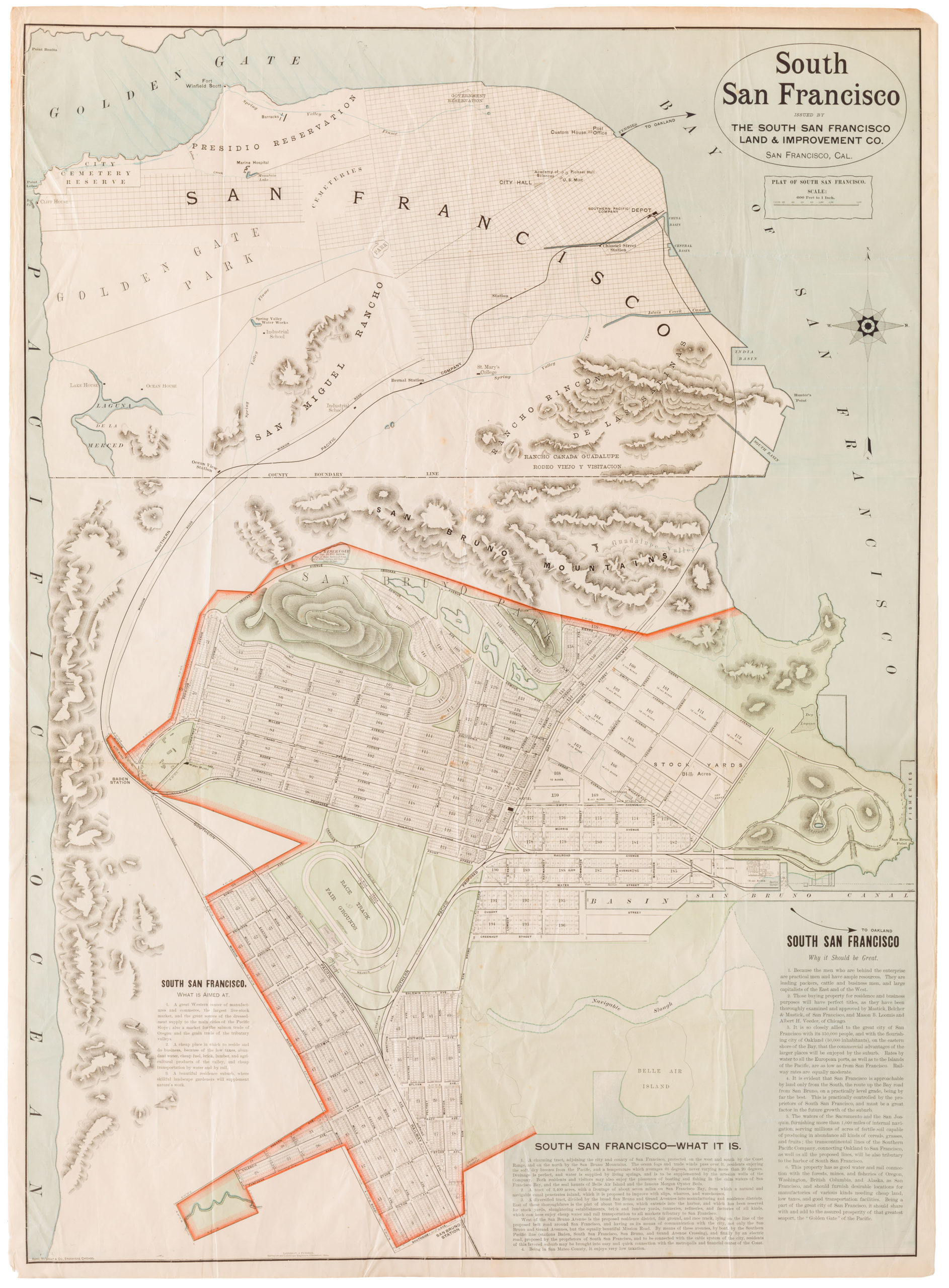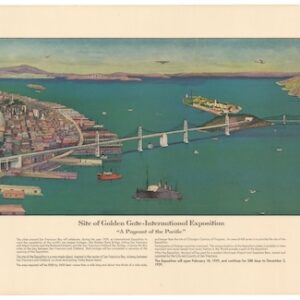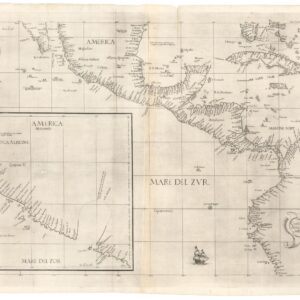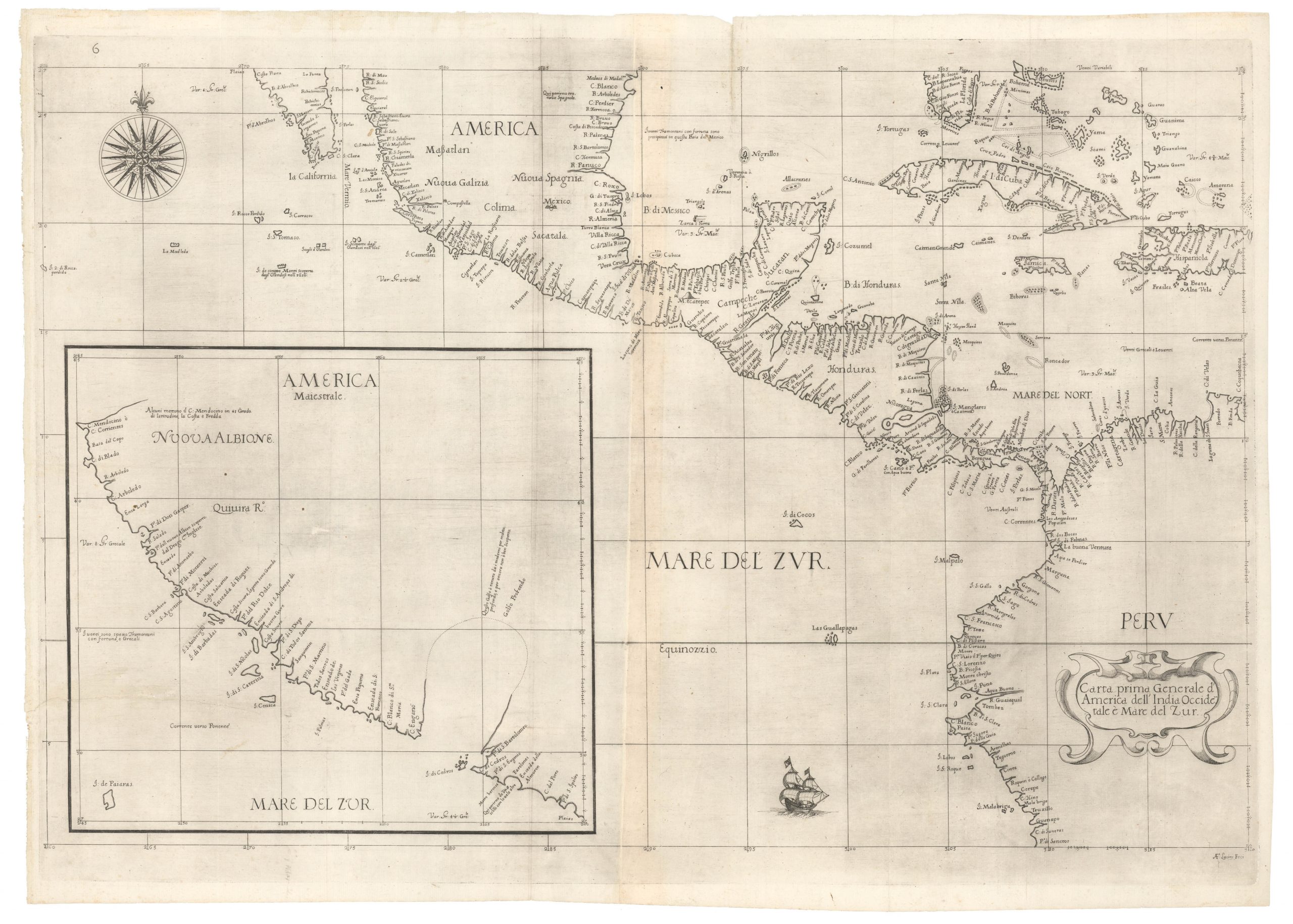The First Mexican Empire, including Alta California.
Carte Geographique, Statistique, et Historique du Mexique (incl. Alta California).
$475
1 in stock
Description
This is among the first maps to depict the independent First Empire of Mexico (1822-23), created shortly after Mexico broke free from Spanish rule in 1821. The map shows Mexico from around the 43rd parallel in the north to the Yucatan Peninsula in the south. Among the many interesting features, we note the Provincia de Tejas, which is clearly delineated by the Rio Grande and Red River boundaries.
The map offers fine topographic details, highlighting the Rocky Mountains and Pacific Coast Ranges running vertically along most of the image. Text printed on either side of the map discusses Mexico’s climate, geography, political structure, and population, with significant reference to Alexander von Humboldt and his American voyage (1799-1804). The map also illustrates scattered settlements and Native American villages throughout the northern region.
As Americans from the east began settling in the area, particularly in the Province of Texas, tensions increased between local Tejanos, Mexican authorities, and the new settlers. These tensions were a direct cause of the Mexican-American War just over twenty years later.
Census
This map was printed by Fonderie et Imprimerie de J. Carez in Paris. The copper printing plate was engraved by B. de Beaupré, based on a map by Carey & Lea. It constitutes Plate No. XLII in Buchon’s seminal atlas Les Deux Ameriques (1825), an adaptation of Carey & Lea’s Atlas of North and South America, published in Philadelphia in 1822.
The atlas was important because it provided an urgently needed update on American geography. Within the United States, it details the formation of states and territories in the early 19th century. Central and South America were also undergoing massive changes in these years, being in the throes of revolutionary change. Among these changes were Mexico and Brazil’s independence and the establishment of the first Central- and South American empires.
Context is Everything
The creation of the independent Mexican Empire in 1821 was the culmination of a long and tumultuous struggle against Spanish colonial rule, which had begun in the early 19th century. The push for independence was initially inspired by the broader wave of revolutionary movements sweeping across Latin America, influenced by Enlightenment ideals and the successes of the American and French Revolutions. The insurgency gained significant momentum in 1810 with the Grito de Dolores, a call to arms issued by the Catholic priest Miguel Hidalgo y Costilla. This marked the beginning of the Mexican War of Independence, characterized by multiple uprisings and prolonged conflicts between the insurgent forces and Spanish loyalists.
Following more than a decade of brutal warfare and shifting allegiances, the turning point came with the emergence of Agustín de Iturbide, a former royalist who switched sides to join the independence movement. Iturbide allied with Vicente Guerrero, one of the prominent insurgent leaders, and together, they managed to unite various factions under the banner of independence.
Iturbide formulated the Plan of Iguala in 1821, which outlined a vision for an independent Mexico based on three guarantees: the establishment of Roman Catholicism as the state religion, the recognition of Mexico as an independent constitutional monarchy, and the unification of all social and ethnic groups under a single national identity.
The Plan of Iguala paved the way for the Treaty of Córdoba, which ratified Mexico’s independence from Spain. The new nation was established as the First Mexican Empire, with Agustín de Iturbide crowned Emperor Agustín I. However, this imperial phase was short-lived; Iturbide’s reign faced considerable opposition and financial instability, leading to his abdication in 1823. Despite its brief existence, the First Mexican Empire marked a critical transition from colonial rule to establishing an independent Mexican state, setting the stage for the republic that would eventually follow.
Cartographer(s):
Jean Alexandre Buchon (1791-1849) was a French scholar and historian. Born into the French Revolution, Buchon was dedicated to recovering France’s history to help the country heal and regain its international status. He gathered French stories and published them as part of his Collection des chroniques nationales franciases… (4 vols, 1824-1829). In geography, his most important contribution was the publication of the French edition of Carey & Lea’s American Atlas in 1825. Each page of the atlas included highly detailed text about the state or territory depicted and a map of the area.
Condition Description
Good. Stain and small hole at top of centerfold.
References



![The Original Silicon Valley Map & Calendar [1994]](https://neatlinemaps.com/wp-content/uploads/2021/06/NL-00909_Thumbnail-300x300.jpg)
![The Original Silicon Valley Map & Calendar [1994]](https://neatlinemaps.com/wp-content/uploads/2021/06/NL-00909_Thumbnail.jpg)

